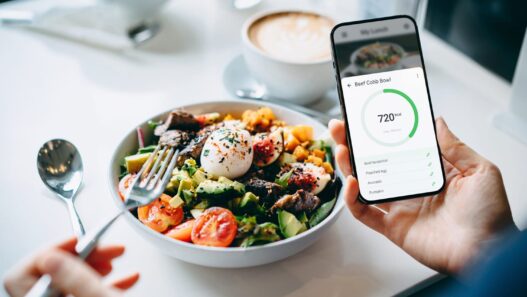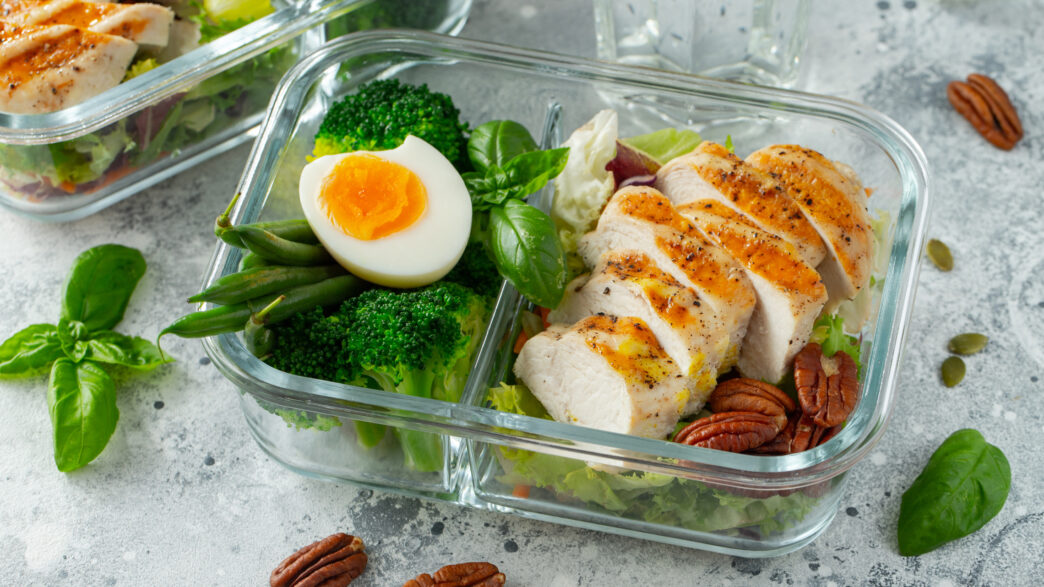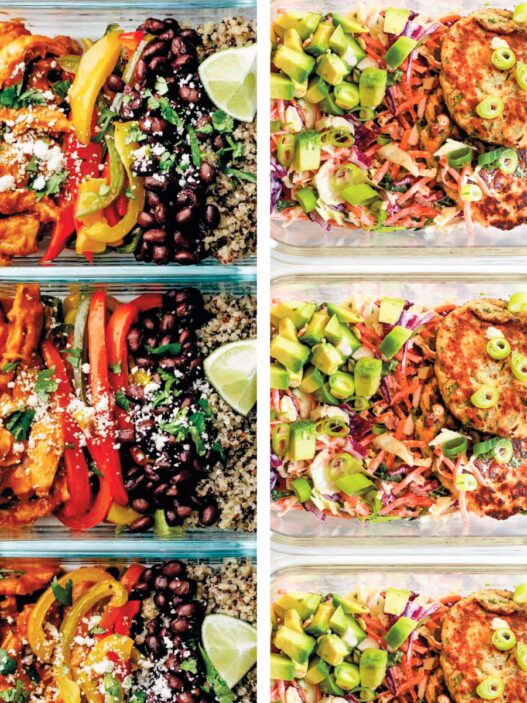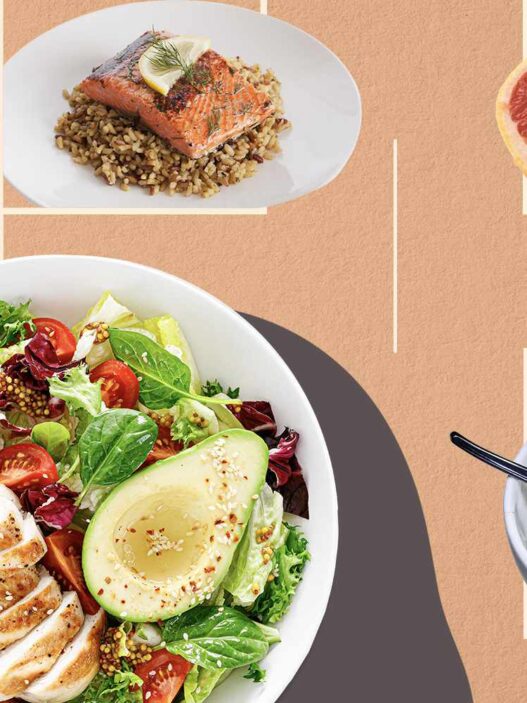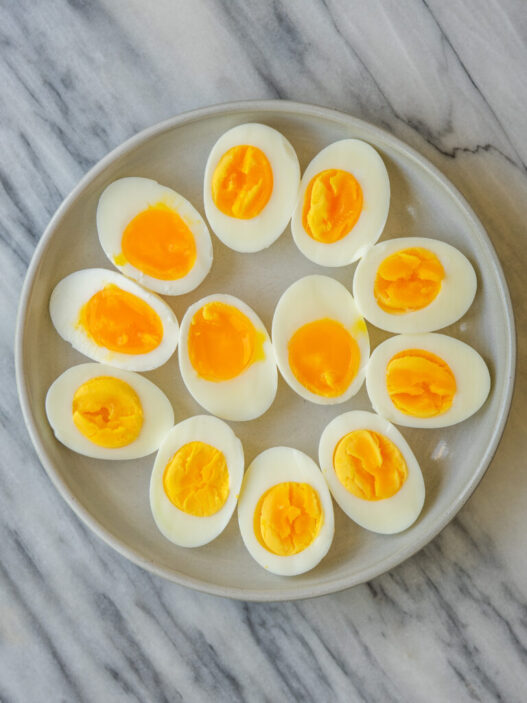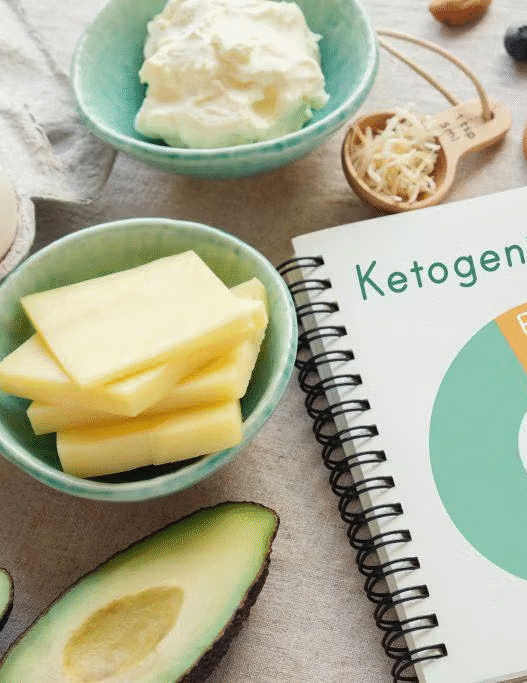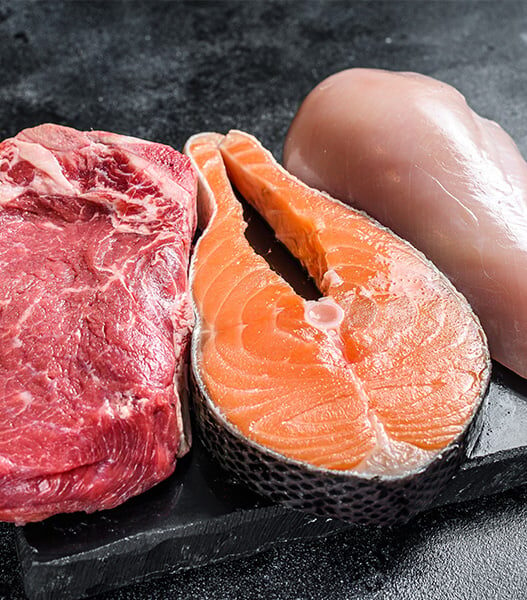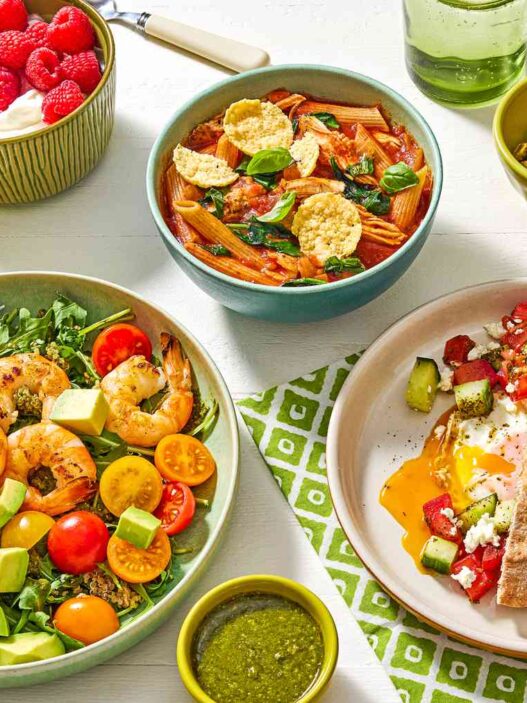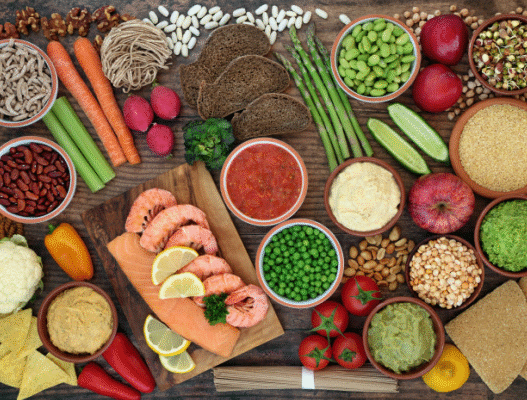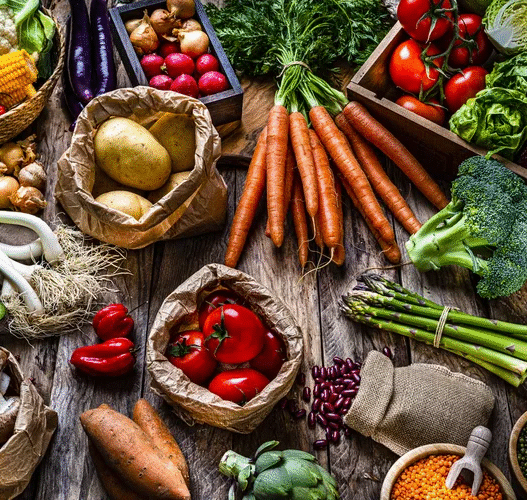The Paleo diet for weight loss is basically a natural approach of consuming that is focused on foods that our ancestors once ate. Fresh fruits, vegetables, any kind of meat, fish, nuts, and seeds, are included in this diet ,while avoiding any kind of processed foods, sugar, and grains.
If you choose whole and nutrient-rich foods, the Paleo diet will help in improving digestion, boosts energy, and also supports your weight loss.
It encourages the body to lose fat more effectively while keeping the person full and satisfied by eating healthy food, and makes it a practical plan for healthy weight management.
What Paleo Diet Includes?
Actually, the paleo diet includes whole, unprocessed foods ,for instance vegetables, nuts, seeds, and meat. This diet may benefit your overall health and also helps in reducing your risk for some health conditions, including obesity.
- Other names for a paleo diet are Paleolithic diet
- Stone Age diet
- Hunter-gatherer diet
- Cave man diet.
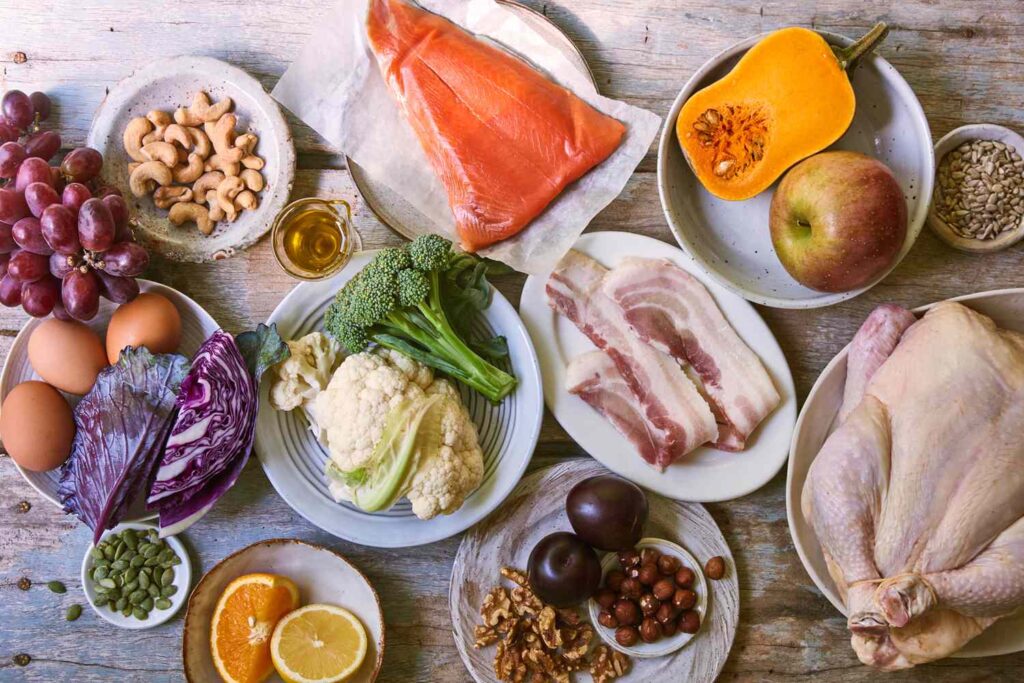
Are You Interested To Know More About Paleo Diet?
So, the paleo diet is made just to resemble what human hunter-gatherer ancestors ate centuries of years ago.
Although it’s almost impossible to know exactly what human ancestors ate in various parts of the world,researchers predict that their diets consisted of whole foods.
By following a diet routine of whole foods and being physically active, hunter-gatherers presumably had lower rates of lifestyle diseases from now, such as obesity, sugar, and cardiovascular disease.
This diet may also lead to significant and healthy weight loss (without calorie counting) and major improvements in your health.
Research On Paleo Diet
Anthropologists also speculate that the paleo diet affected anatomic and physiologic changes in human beings, including increased brain size and reduced gastrointestinal tract size.
Paleolithic humans were dependent on various types of diets, depending on what was easily available for them at the time and where in the world they lived.
Some people ate a low carb diet high in animal foods, while other people followed a high carb diet with the usage of lots of plants
Some humans even ate insects, but fortunately, this trend is not included in today’s modern interpretation of the paleo diet.
What Paleo Diet Includes?
The paleo diet plan includes the following
- unprocessed meats
- fish
- eggs
- vegetables
- fruits
- nuts
- seeds
- herbs
- spices
- nutritious fats and oils
Foods To Avoid
The foods to avoid typically includes:
- processed foods (ready made from markets)
- added sugar (causes diabetes)
- soft drinks
- artificial sweeteners
Foods To Limit
The foods to limit include:
- grains ( not whole grain)
- Some dairy products (yogurt,milk,butter)
- legumes
However, it’s important to consider the above lists as general guidelines regarding the Paleo diet, not something written in stone. You can adapt all of this to your own personal needs and preferences,depending on your choice.
Sensible Indulgences
While following a paleo diet, the foods and beverages mentioned below are perfectly fine in very small amounts
- Wine
A good quality wine is not just a part of the paleo diet, but it is also high in antioxidants, polyphenols, and other useful nutrients.
- Dark chocolate
Dark chocolate is rich in antioxidants and other micro minerals like Magnesium and Fe(iron).
Choose a product which contains almost 70% or higher cocoa content.
What To Drink On A Paleo Diet
- Coffee
- Tea
Theme Of Doing Paleo Diet
Paleolithic humans’ diets adjusted according to their needs depending on availability and location. The basic concept of the paleo diet is to eat whole foods and avoid any kind of processed foods.
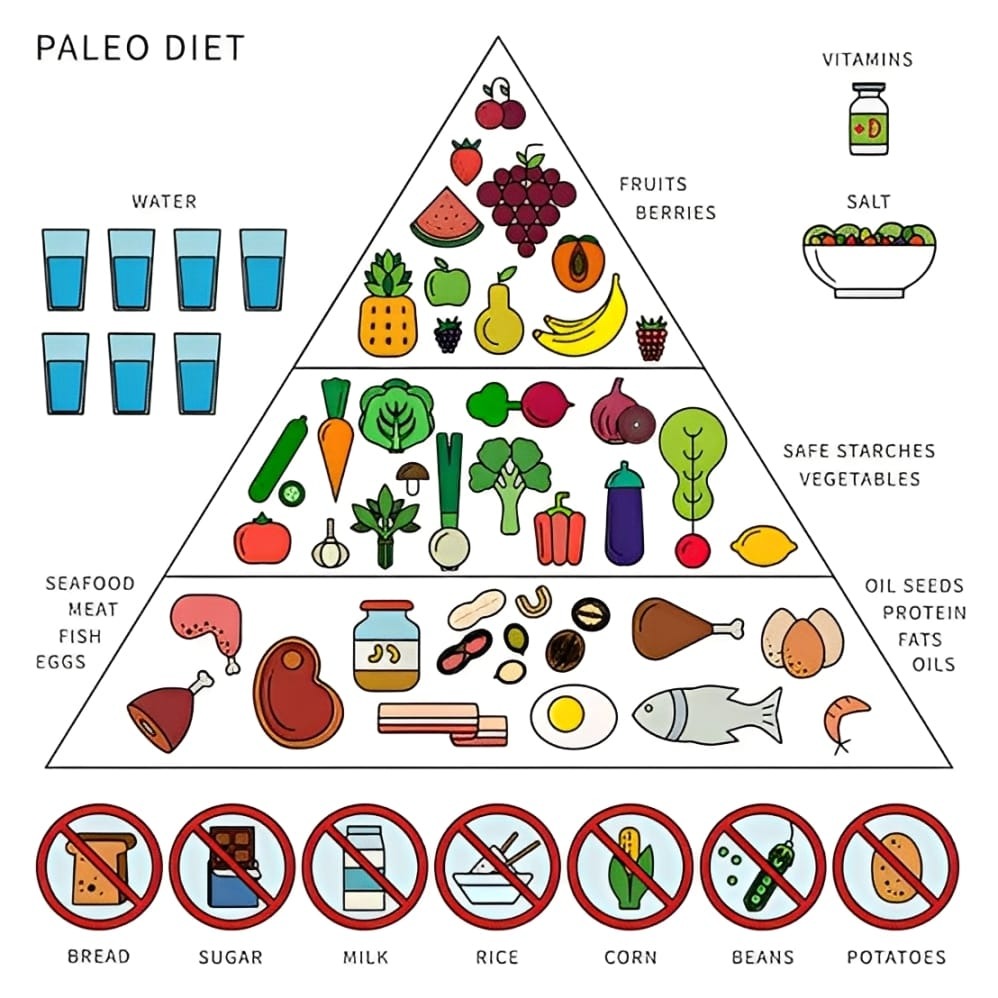
Risks And Downsides
While there are many benefits to the paleo diet, there are also some drawbacks related to this diet.
For instance, the paleo diet boycotts several food groups that are highly nutritious, which includes legumes, dairy, and gluten-containing grains.
Legumes are rich in some essential components like fibers, proteins, and other micronutrients, also including other micronutrients like Fe(iron), Zn (zinc), and Cu(copper), while products specially dairy products contain important nutrients like calcium, which is important for bone health, and bone growth.
Removing these food groups from your diet (that are enriched in essential nutrients) can put individuals at the risk of developing some nutrient deficiencies,if they are following a paleo diet.
Moreover, legumes are the main source of protein in the vegetarian diet, which in result make the paleo diet unrealistic for those people who are vegetarians.
The paleo diet includes those foods that are enriched in fibers, like vegetables, fruits, and nuts. Since foods which are higher in fiber can have a laxative effect i.e. a person transforming from a low fiber diet to a paleo diet could experience some gastric conditions, such as bloating, inflammation,gas etc.
It’s also notable to know that there’s not only one “right” way for eating for every person.
You need to talk with a health specialist or nutritionist before following a paleo diet.
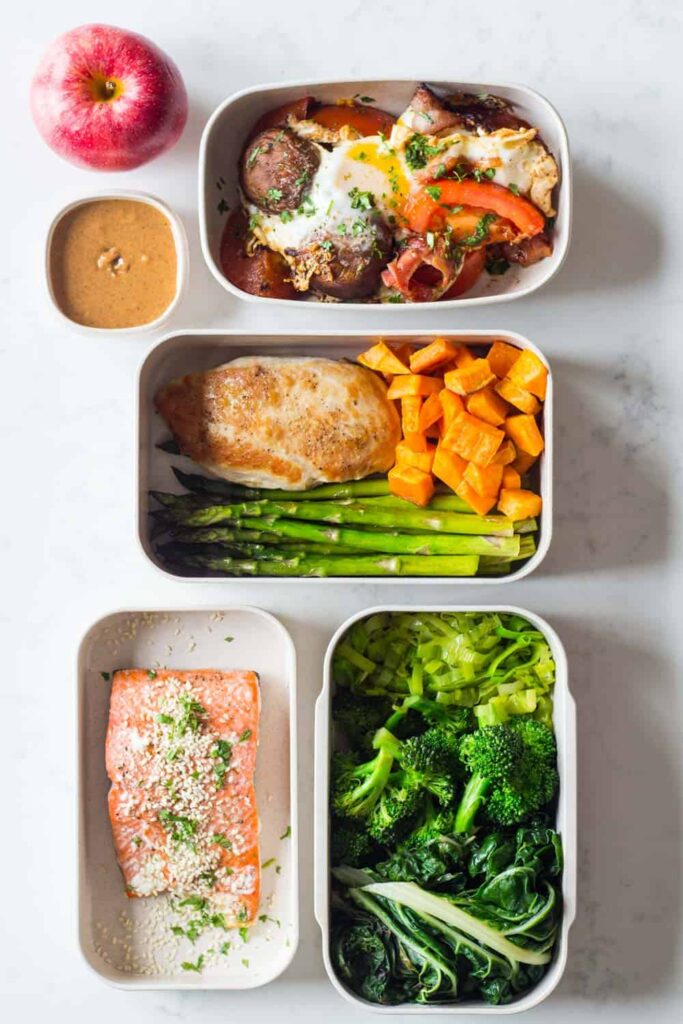
Why You Might Follow A Paleo Diet?
You should select to follow a paleo diet if you want to
- Lose weight or keep a healthy weight
- Reduce heart diseases, or other cardiovascular, risk factors.
Samples Of Paleo Diet Plan
A Typical Day’s Menu
Here’s a look at what you may eat while following a paleo diet
Breakfast
Boiled salmon and cantaloupe.
Lunch
Salad which should be made with vegetables like romaine, carrot, cucumber, tomatoes, avocado, walnuts and lemon juice dressing.
Dinner
Lean meat tip roast,steamed broccoli,salad which should be made with mixed greens vegetables, tomatoes, avocado, onions, almonds and lemon juice dressing; and strawberries for dessert.
Snacks
Snack option can be an orange, carrot sticks or other celery sticks.
Paleo-Friendly Food List
Meat,Sea food and eggs.
Grass-Fed Or Wild-Caught
- Beef
- Mutton
- Chicken
- Salmon
- Fish
- Eggs
- Turkey
Fruits And Vegetables
- Apples
- Citrus Fruits like orange etc
- Berries
- Grapes
- Brocolli
- Melons
- Peaches
- Butternut Squash
- Plums
- Cabbage
- Spinach
- Cauliflower
- Sweet potatoes
Healthy Oils
- Avocado oil
- Coconut oil
- Flaxseed oil
- Olive oil
- Walnut oil
Nuts And Seeds
- Almonds
- Cashews
- Hazelnuts
- Pecans
- Pine nuts
- Pistachios
- Pumpkin seeds
- Sunflower seeds
5 Steps For Doing A Paleo Challenge
Identify Paleo Foods
Paleo Food includes
- Meats and seafood
- Vegetables
- Eggs
- Fruit
- Nuts and seeds
- Healthy fats
- Natural sweeteners
Start Hydrating
Have at least 60-80oz of water daily. You can also have:
- Kombucha
- Herbal tea
- Seltzer or sparkling water
- Almond milk or other non-dairy milks
- Coconut water (in moderation)
Determine Your Macros
- Protein
- Aim for this healthy Paleo radial
- Fats
Set Yourself Up For Success
- Clear your fridge that has non-Paleo foods.
- Ask your closed ones to support you
- Join the Paleo Plan community for better results
Embrace The Paleo Lifestyle
- Physical activity every day.
- Sleep at least 7 hours a night.
- Go outdoors for half an hour a day.
- Reduce your stress.
Conclusion
A paleo diet may help you in losing weight or maintain a healthy weight. It may also have other beneficial health effects. But there are no long lasting clinical studies about the advantages and potential risks of the diet.
You may achieve the same health benefits by doing enough exercise and eating a balanced and healthy diet. Be sure to eat a lot of fruits and vegetables for fibers and as an artificial sweetener considering it as part of a healthy diet.





